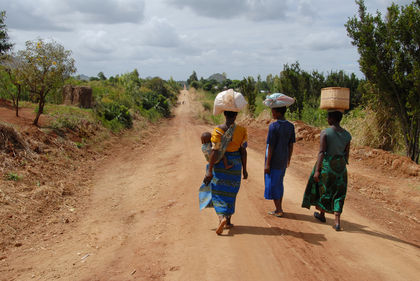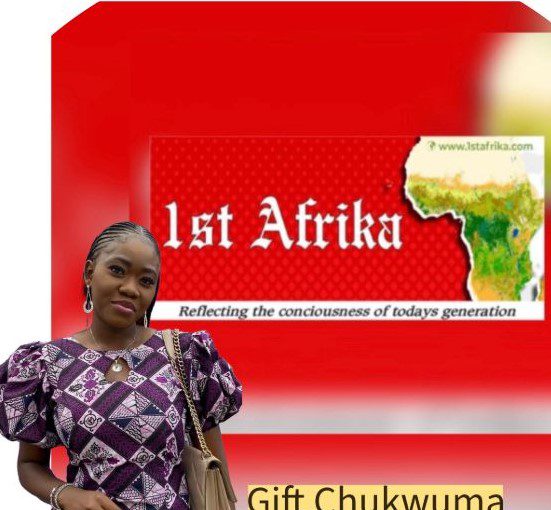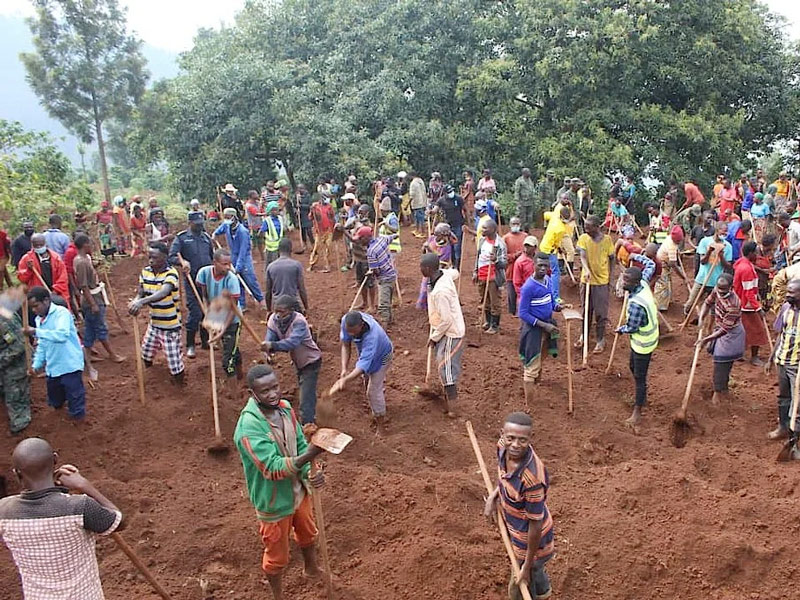Malawi and Mozambique, two neighboring countries in southeastern Africa, share a common history and cultural heritage. However, their economic journeys have been shaped by distinct factors, resulting in unique business landscapes
On the one hand, Malawi, known as the “Warm Heart of Africa,” is a hub for agriculture and tourism. Malawi has a population of approximately 20 million people. The country’s economy is primarily driven by agriculture, which accounts for around 30% of the GDP. The sector employs about 80% of the labor force, with major crops including tobacco, sugarcane, tea, and coffee. Tourism is also a growing sector, with attractions like Lake Malawi, Mount Mulanje, and the Nyala Park.
Deeper Insights into Malawi’s Economy
Agricultural Sector
Agriculture is the backbone of Malawi’s economy, with tobacco being the leading export crop. The country is also a significant producer of sugarcane, tea, and coffee. However, the sector faces challenges such as climate change, soil degradation, and limited access to markets.
Mining and Energy
Malawi has significant mineral deposits, including uranium, coal, and bauxite. The mining sector contributes around 10% to the country’s GDP. The energy sector is dominated by hydroelectric power, with the Shire River providing most of the electricity.
Manufacturing and Tourism
The manufacturing sector in Malawi is relatively small, with a focus on agro-processing, textiles, and beverages. Tourism is a growing sector, with attractions like Lake Malawi, Mount Mulanje, and the Nyala Park.

Challenges and Opportunities
Malawi faces several economic challenges, including dependence on agriculture which make it vulnerable to climate shocks and fluctuations in global commodity prices; corruption; and underdeveloped infrastructures.
Despite these challenges, Malawi has opportunities in diversifying investments in sectors like manufacturing, tourism, and ITC; agricultural value addition and processing; and the country can leverage its membership in regional blocs like the Southern African Development Community (SADC) and the Common Market for Eastern and Southern Africa (COMESA) to expand its market reach.
On the other hand, Mozambique is a leader in natural resources and energy. Mozambique has experienced rapid economic growth driven by investments in energy and mining. The country is endowed with significant energy resources, including natural gas, coal, and hydroelectric power. country has experienced rapid economic growth over the past decade, driven by investments in the energy and mining sectors.
Deeper Insights into Mozambique’s Economy
Energy and Mining
Mozambique is endowed with significant energy resources, including natural gas, coal, and hydroelectric power. The discovery of natural gas reserves in the Rovuma Basin has transformed the country’s energy landscape. The mining sector is also a significant contributor to the economy, with major minerals including coal, iron ore, and titanium.
Agricultural Sector
Agriculture plays a crucial role in Mozambique’s economy, employing around 70% of the labor force. Major crops include cotton, cashews, and sugarcane. However, the sector faces challenges like climate change, limited access to markets, and inadequate infrastructure.
Manufacturing and Tourism
The manufacturing sector in Mozambique is growing, with a focus on agro-processing, beverages, and construction materials. Tourism is also a significant sector, with attractions like the Bazaruto Archipelago, Gorongosa National Park, and the historic city of Mozambique Island.
Challenges and Opportunities

Mozambique faces several economic challenges, including the country’s reliance on energy and mining exports which makes it vulnerable to fluctuations in global commodity prices; corruption which has hindered economic development; and underdeveloped infrastructure.
Notwithstanding these challenges, the country can diversify its economy by investing in sectors like manufacturing, tourism, and ICT; enhance its natural resources by investing in value addition and processing; and can also leverage its membership in regional blocs like SADC and COMESA to expand its market reach.
Malawi and Mozambique have unique economic landscapes shaped by their natural resources, agricultural sectors, and regional integration. While both countries face challenges like corruption and infrastructure deficits, they also have opportunities for diversification, value addition, and regional integration. By addressing their challenges and leveraging their opportunities, Malawi and Mozambique can unlock their economic potential and drive sustainable growth and development



